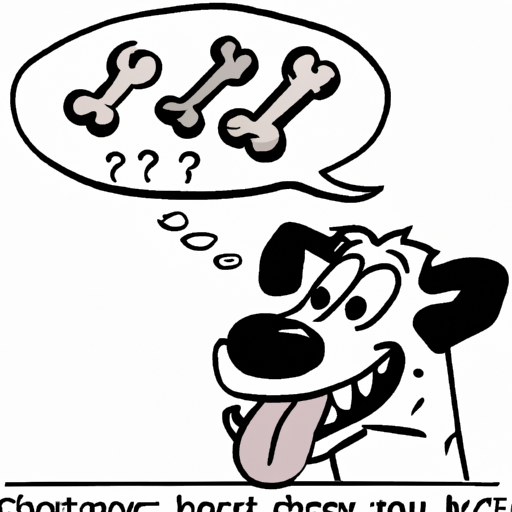As an individual who provides care to a canine companion, you may often find yourself on the receiving end of their affectionate licks. While this behavior seems simple and straightforward, there’s a lot more to it than meets the eye. Understanding why dogs lick can help you better comprehend your pet’s behavior and strengthen your bond with them.
1. A Form of Communication
Dogs cannot communicate with words as we do. Instead, they use a variety of signals and behaviors, including licking, to express their feelings and intentions.
Affection
One of the primary reasons dogs lick people is to show affection. By licking you, they are expressing their love and admiration for you.
Submission
In the canine world, licking can also be a sign of submission. A dog may lick another dog (or a human) to show that they acknowledge their higher status.
2. Seeking Attention
Sometimes, your dog might lick you simply because they want your attention. They quickly learn that licking gets them noticed, and they will use this behavior to engage with you.
Craving Interaction
If your dog is left alone for long periods, they may resort to licking as a way of instigating interaction. They might be bored and looking for some playtime, or they might be lonely and seeking companionship.
Requesting Something
Your dog might also lick to request something, such as food or a walk. If they lick you and then move towards their leash or food bowl, it’s a clear indication of what they want.
3. Sensory Exploration
Dogs explore the world largely through their sense of taste and smell. By licking you, they can gather a lot of information about you, such as where you’ve been, what you’ve eaten, or even how you’re feeling.
Taste and Smell
Your skin naturally secretes salts and other compounds that dogs might find interesting or tasty. Dogs can also detect minute changes in your scent, which can tell them a lot about your current state. For example, if you’re sweating, they might lick you more to figure out why.
Health Check
Dogs can detect changes in your body chemistry through taste and smell. If they lick a particular area of your body excessively, it might be worth getting it checked out by a doctor.
4. Behavioral Issues
Excessive licking can sometimes indicate behavioral issues. It can be a symptom of anxiety, boredom, or stress. If your dog’s licking seems obsessive or compulsive, it might be worth seeking advice from a vet or a canine behaviorist.
5. FAQ – Frequently Asked Questions
1. Can a dog’s licking be harmful to humans?
While it’s generally harmless, dog licks can sometimes transmit bacteria or parasites, especially if they lick open wounds or the face area. If you’re immunocompromised, it’s best to discourage this behavior.
2. How can I discourage my dog from licking excessively?
You can discourage excessive licking by redirecting your dog’s attention to other activities, rewarding them for calm behavior, or seeking professional help if it’s a symptom of a behavioral problem.
3. Is it normal for dogs to lick themselves excessively?
While dogs do lick themselves for grooming or to soothe minor irritations, excessive licking can be a sign of underlying health issues. If your dog is licking themselves obsessively, it’s best to consult with a vet.
4. Can a dog’s licking indicate they’re in pain?
Yes, excessive licking of a particular body area can be a sign that your dog is in pain. If you notice this behavior, it’s best to consult with a vet.
In conclusion, while dogs licking you can have many meanings, it’s usually a sign of affection, a request for attention, or a sensory exploration. By understanding these behaviors, you can better communicate with your canine companion and ensure their needs are being met.



